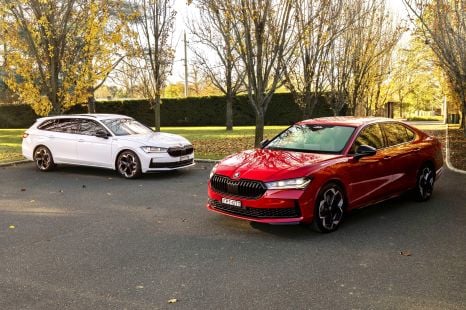

Max Davies
2025 Skoda Superb Sportline review
2 Months Ago
I’m going to miss BMW’s rear-wheel drive 3.0-litre 1 Series, who wouldn’t, but rest assured, they’re going to sell more of the new front-drive versions thanks to better space packaging and a more contemporary car in every way.
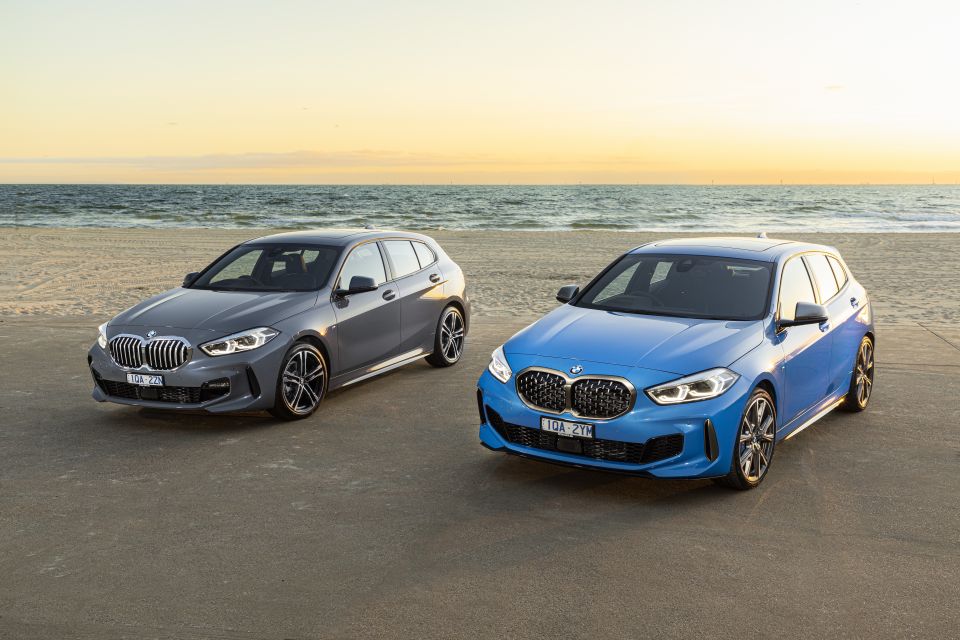
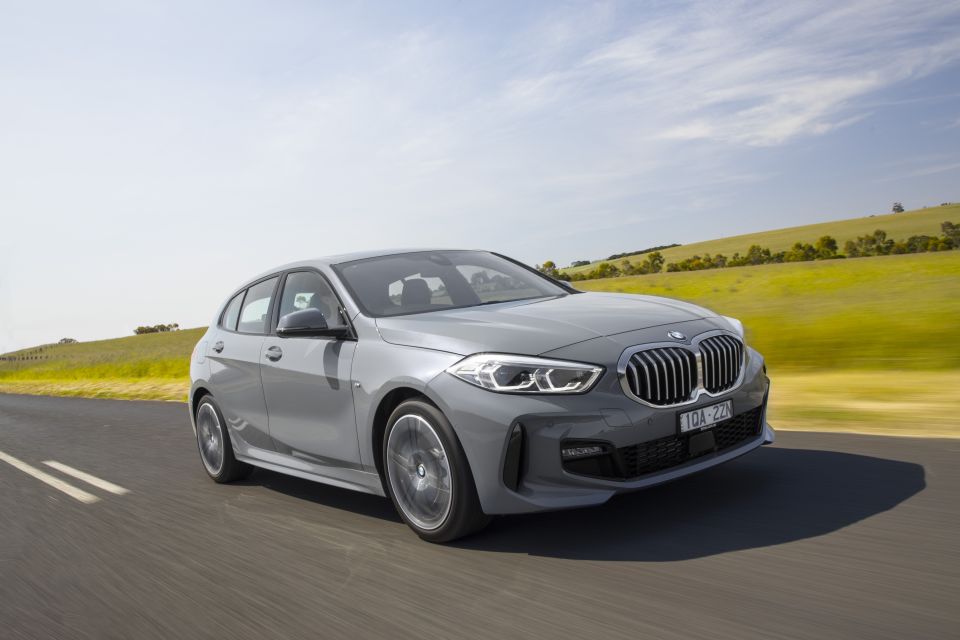

Senior Road Tester
New from
$42,990
excl. on-roads

Senior Road Tester
New from
$42,990
excl. on-roads


Senior Road Tester
New from
$42,990
excl. on-roads

Senior Road Tester
New from
$42,990
excl. on-roads
Quickly see how this car stacks up against its competition. Select any benchmark to see more details.
Where expert car reviews meet expert car buying – CarExpert gives you trusted advice, personalised service and real savings on your next new car.
BMW diehards were never going to be excited by the third-generation BMW 1 Series, given the switch from a rear-wheel drive chassis to a ubiquitous front-wheel drive setup.
After all, it was BMW’s unique selling point in the entry-level luxury segment, one that held it head and shoulders above the rest in the eyes of keen drivers.
But if we push enthusiasts aside for a moment, it’s doubtful mainstream buyers will bat an eyelid at the move.

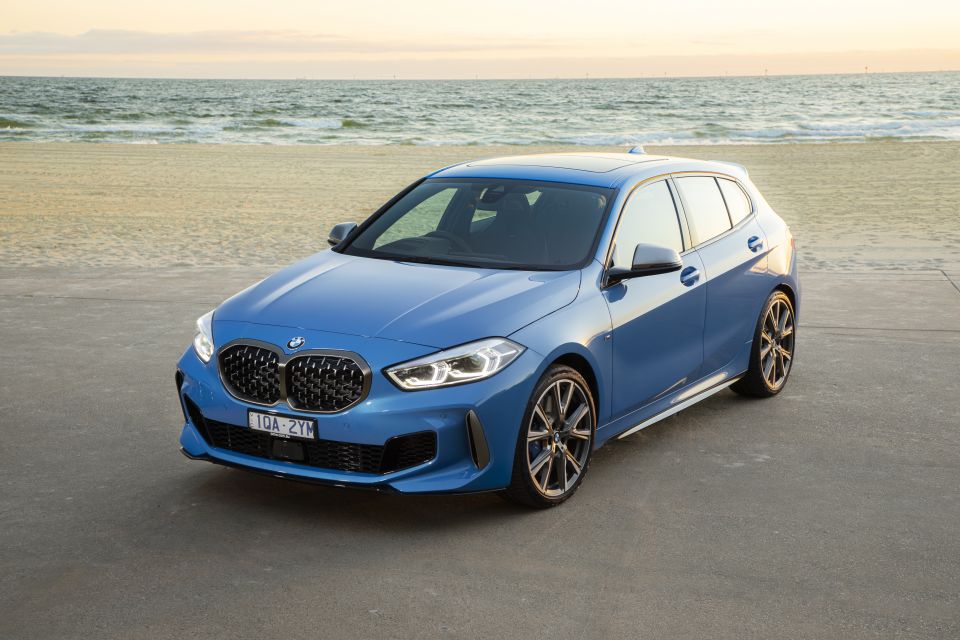
BMW does have some catching up to do, given Audi and Mercedes-Benz have been front-wheel drive since day one in their small cars.
Not that BMW is wading in blind, given it owns front-drive-only Mini and already produces the front-drive X1, X2, and 2 Series Active Tourer.
The entry-level 1 Series is the 118i, powered by a 1.5-litre three-cylinder turbo petrol making 103kW and 220Nm, and priced from $42,990 before on-road costs.
By way of comparison, the Audi A3 35 TSFI is priced from $39,990pluson-roads and powered by a 1.4-litre engine making 110kW and 250Nm, while the Mercedes-BenzA180 kicks off at $42,900 before on-roads and gets a 1.3-litre engine with 100kW and 200Nm.


Standard equipment notwithstanding, buyers can choose from a bunch of option packs.
The Enhancement Pack ($2900) bundles metallic paint, a panoramic glass roof, and 19-inch alloy wheels, while the Comfort Package ($2300) adds front seat heating and lumbar support, along with keyless entry and start.
There’s also the Convenience Pack ($1200) that bundles an automatic tailgate, and the luggage compartment package with a storage net and 40/20/40 folding rear seats.
The Driver Assistance pack ($1000) is a must-have option in our view, as it adds a full-spectrum autonomous emergency braking system with adaptive cruise, stop/go support, and adaptive LED headlamps.



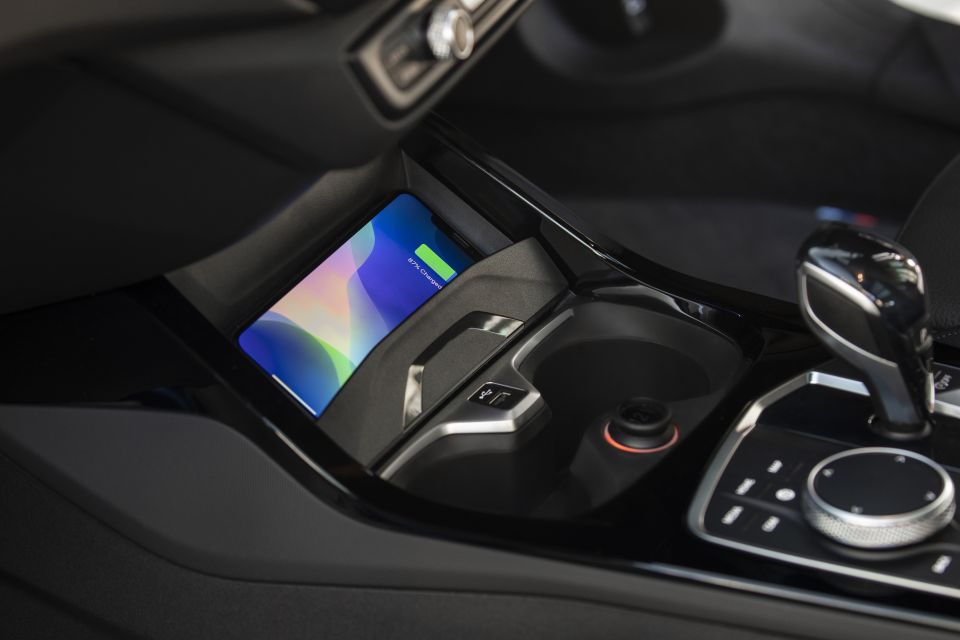
The 118i already looks the part with the standard M Sport package, you but you can juice it further with the M Sport Plus package ($2100) that adds M Sport front seats, an M Rear spoiler, coloured seatbelts, and a sportier steering tune to match the M Sport brakes.
The M135i xDrive is priced from $63,990 before on-road costs and under the bonnet you get the most powerful four-cylinder engine in the BMW road-going arsenal.
It’s a 2.0-litre twin-scroll turbocharged unit making 225kW and 450Nm of torque going to all four wheels with a 50/50 torque split.
Rivals include the Mercedes-Benz A35 hatch ($67,200 before on-roads) and Audi S3 ($64,200 before on-roads).



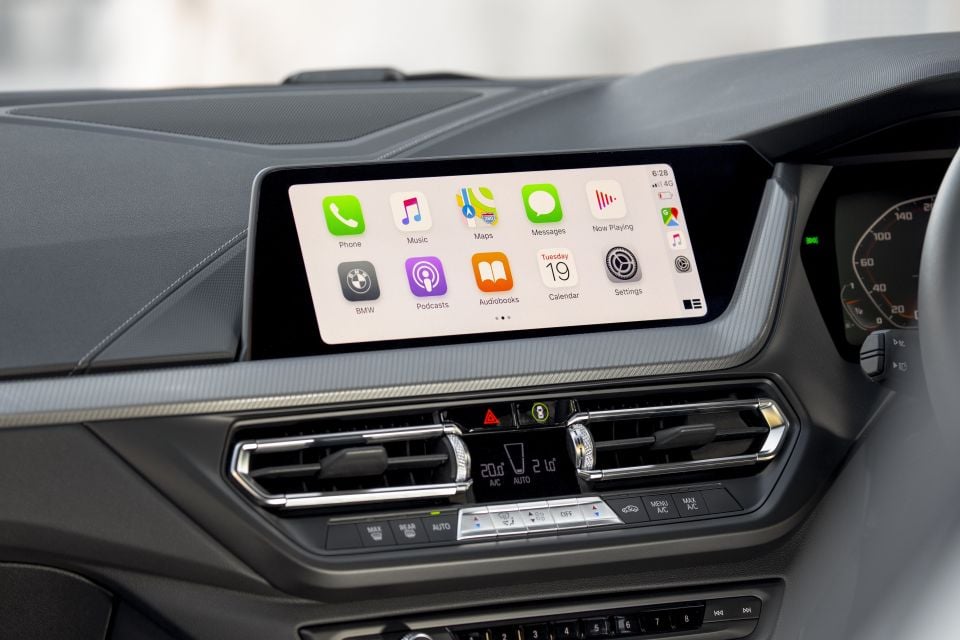
Like the 118i, the M135i is offered with a range of option packs. The Enhancement Pack is offered and includes adaptive cruise control, along with the wider list of upgrades offered to the 118i.
BMW charges more for the new 1 Series, but it’s loaded the car with a host of new technology to minimise sticker shock.
There’s a 10.25-inch infotainment screen mounted on the dash and an equally-large digital instrument cluster. The latter could be more customisable, however.
You also get a brilliant 9.2-inch head-up display showing the current speed, as well as relevant information like route guidance with speed limits, multimedia lists, and the rev counter.
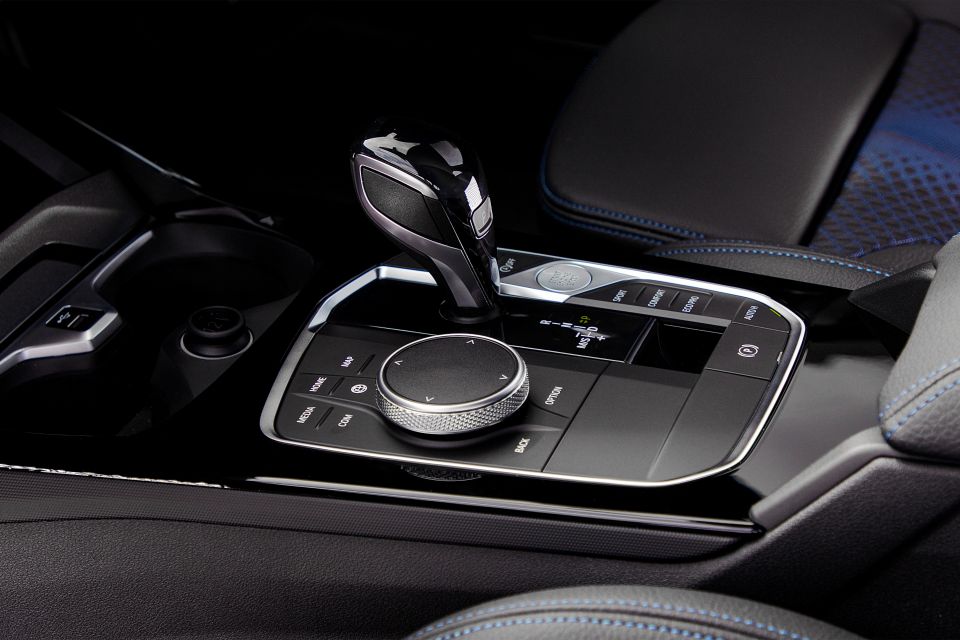


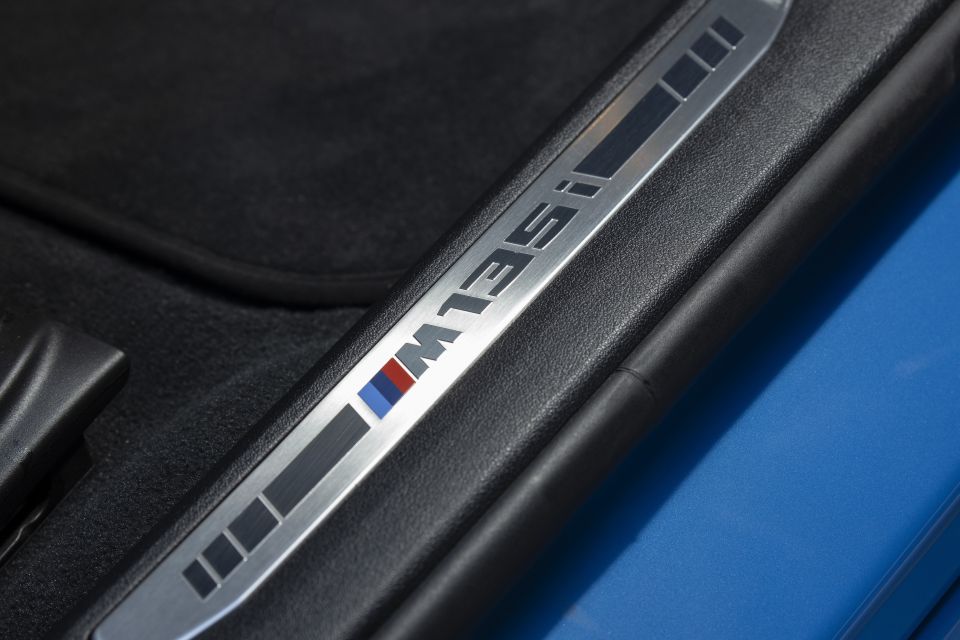
Buyers get wireless phone charging and wireless Apple CarPlay, but Android users will have to wait until mid-year to gain the same functionality.
Also new to the 1 Series is the BMW Reversing Assistant, which can retrace your steps for up to 50m without any driver input.
It’s worth bearing in mind, there are also plenty of options packages – they’re listed above.
The 2020 1 Series has the BMW Driving Assistant, which bundles lane departure warning, lane-change warning, autonomous emergency braking, rear cross-traffic alert, and reverse autonomous emergency braking.
However autonomous emergency braking capable of a full stop is part of an options package.
The 1 Series has a five-star ANCAP rating.
BMW cabin design and materials have always been first class, but in an understated way. The new 1 Series raises that quality to a new level with a tasteful blend of different materials that make it feel 100 per cent premium.
Even in the entry-level 118i, the combination faux leather and fabric seats look special with comfort and support to boot. Honestly, besides the all-leather interior, it’s hard to pick the base model apart from its top-shelf sibling.

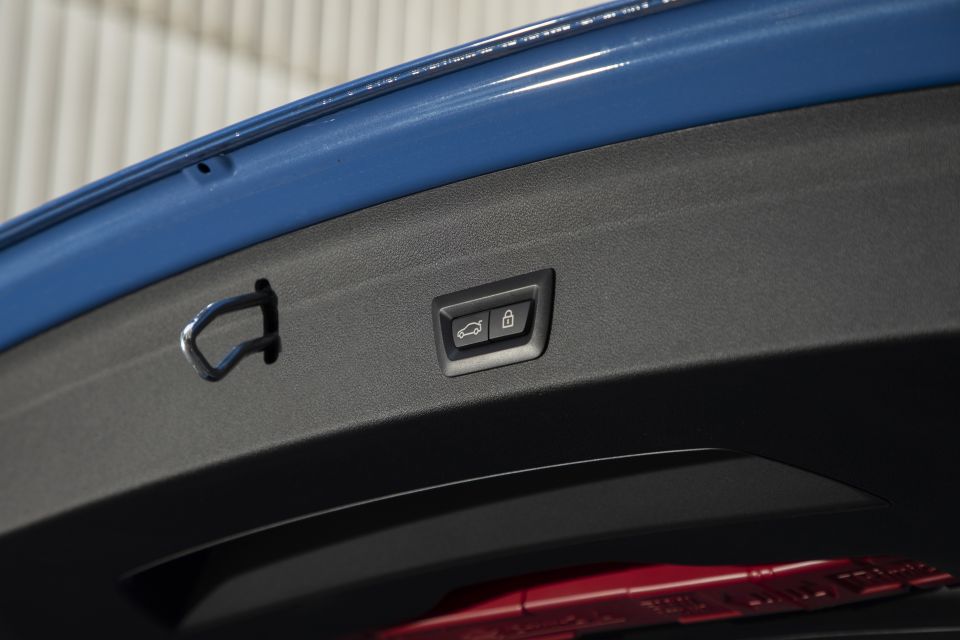

There’s also good use of space, given the new model is taller and wider than the previous version. In this case, that’s more cargo space, shoulder and legroom.
Boot space is up 20L to 380L – the same as the Volkswagen Golf and Audi A3, and 10L more than the Mercedes-Benz A-Class.
The rear seats almost fold flat in a 60/40 split, opening up load space to 1200L – big enough to transport big boxes, provided you mind the relatively deep boot lip when loading.
Choosing the 118i gets you a 1.5-litre turbocharged three-cylinder petrol engine mated to a seven-speed dual-clutch transmission, sending 103kW and 220Nm to the front wheels. It’ll go from zero-100km/h in 8.5 seconds.
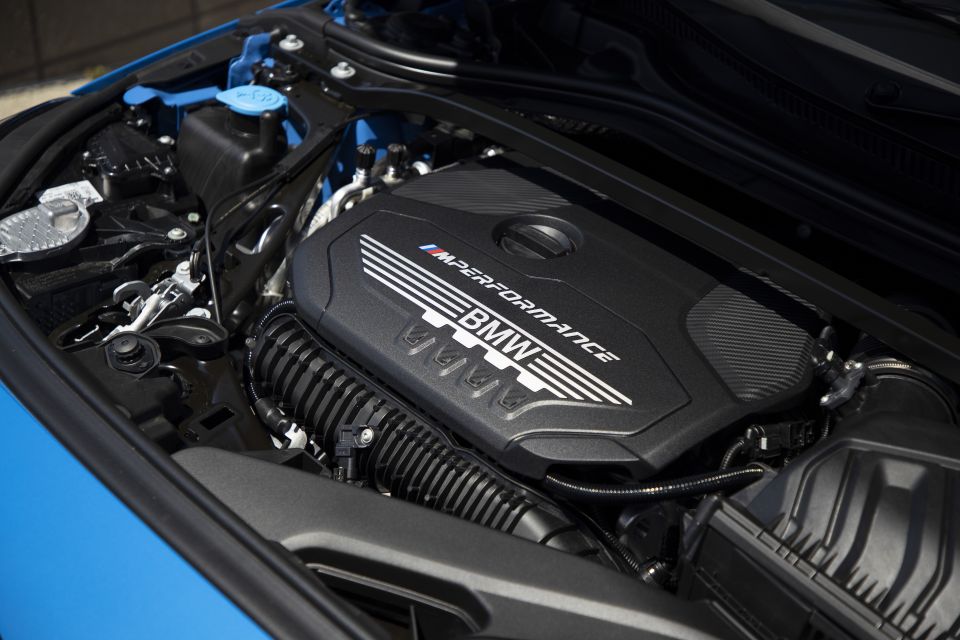

Stepping up to the high-performance M135i xDrive nets you a 2.0-litre twin-scroll turbocharged four-cylinder engine boasting 225kW and 450Nm. It’s put to all four wheels through an eight-speed automatic transmission.
Despite its larger proportions, the new 1 Series is 30kg lighter than its predecessor. The M135i now tips the scales at 1525kg, while the less powerful 118i weighs in at 1365kg.
Obviously, the major benefit of a small powerplant is better fuel economy. BMW claims 5.9L/100km for the 118i.
While there are plenty of motorcycles with more power straight out of the box, it would be too simple to assume the entry-level 1 Series might be underpowered. It’s categorically incorrect.


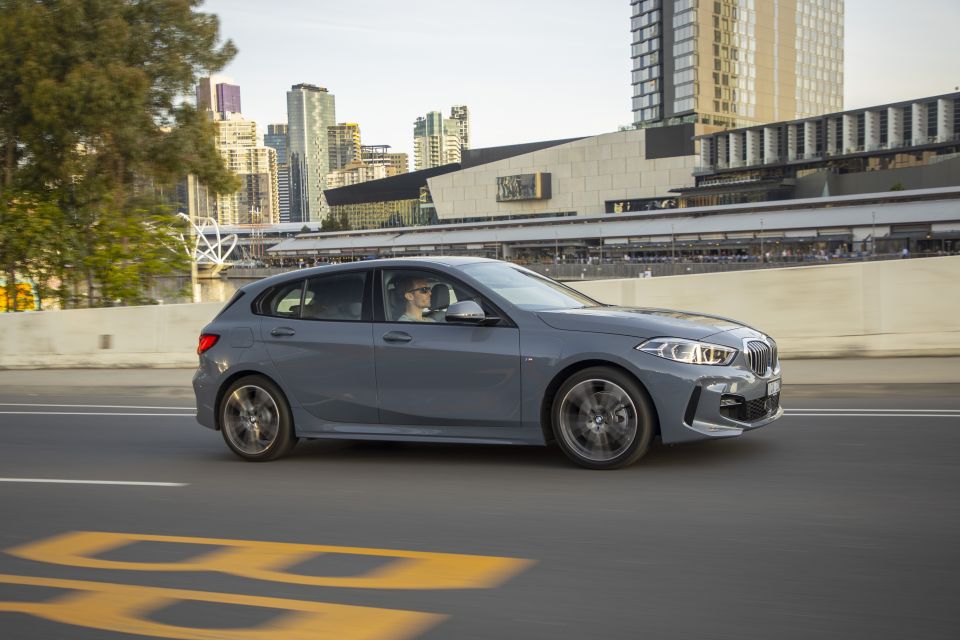
Give the throttle a solid prod from a set of traffic lights and there’s plenty of go. There’s a decent sound to it, too, as there often is with three-cylinder engines.
Mid-range progress is more than adequate thanks to peak torque coming on song from between 1480 and 6500rpm, making light work of the free-flowing undulating roads in regional Victoria.
There’s a seven-speed dual-clutch gearbox that provides relatively quick shifting but there’s also some hesitation and jerkiness when moving off from crawl speeds at times.
Once you’re off and running though, there’s a smoothness and refinement to this three-cylinder powertrain befitting its luxury positioning.
Don’t count on a whole lot of feel from the steering, which doesn’t give much back to the driver, though I do like the weighting. On the other hand braking is solid, with good feel and progression from the pedal.

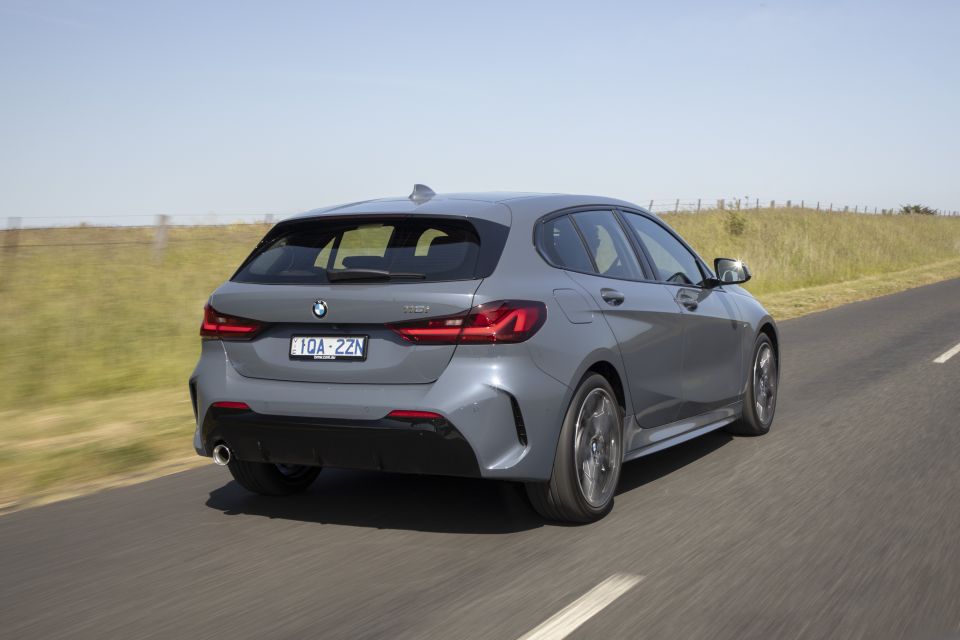
It feels solid in the corners too, even travelling at the maximum legal speeds in these parts. There’s more body bracing in this new model and you can feel the extra stiffness keeping the car in check when you’re leaning on it.
There’s some new chassis-enhancing tech at play in the new front-wheel drive 1 Series. Called ARB, the more sophisticated traction control system is borrowed from the i3 and improves traction either pulling away or cornering in the wet.
However, I was hoping for a better balance between ride and handling with the 118i.
It never feels particularly settled and can be fidgety over some b-roads. BMW also prescribes run-flat tyres for the new 1 Series and the solid side walls contribute to the firmness of the ride.
Funny enough, things improved considerably the moment we hoped into the driver’s seat of the potent M135i. It’s armed with substantially more poke thanks to the most powerful four-cylinder engine BMW has ever developed.


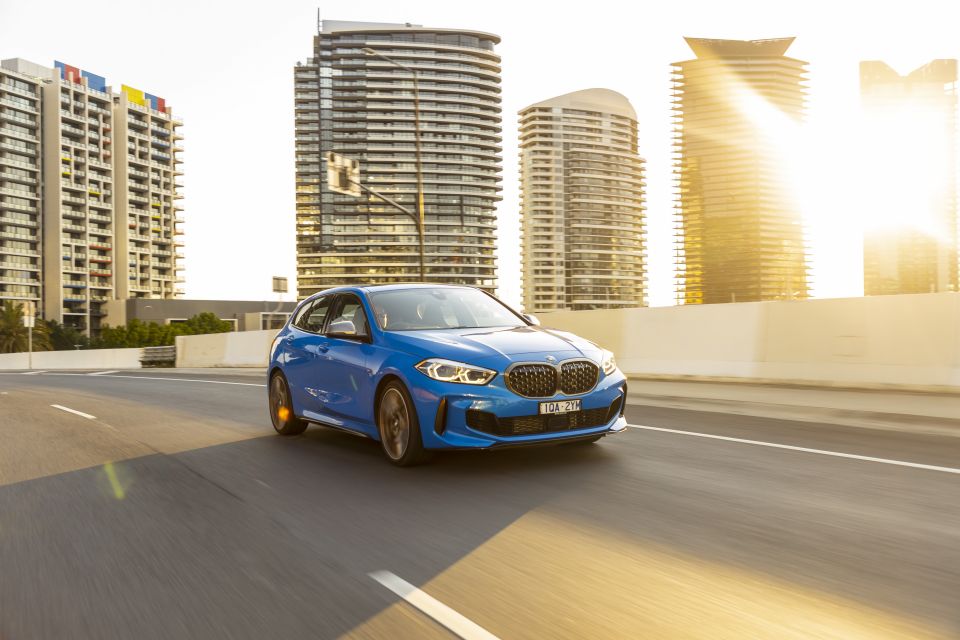
The M135i is predominantly front-wheel drive, because even under full load it’s only able to transfer a maximum 50 per cent of torque to the rear wheels. But that doesn’t mean it’s not quick, or an eminently capable hot hatch.
It’s fast. It really is. Give it a boot as we did at the launch, and the M135i gets down to business with a 0-100 time of 4.8 seconds. I’d argue it feels every bit as quick as the Mercedes-Benz A35, which claims 4.7 seconds.
The M135i xDrive swaps the dual-clutch transmission for an eight-speed torque converter and overall it’s a pretty good fit, as shifts are smooth and suitably quick.
But, let’s put that aside for a minute of two, because where this new Beemer really starts to shine is when you start attacking the curves. This is where the car’s brain is working its black magic.
Hammer into a string of bends and there’s no wheelspin, at least not that I can detect. If there is, the ARB system bypasses the stability control for a faster response, neutralising understeer. And it works a treat.
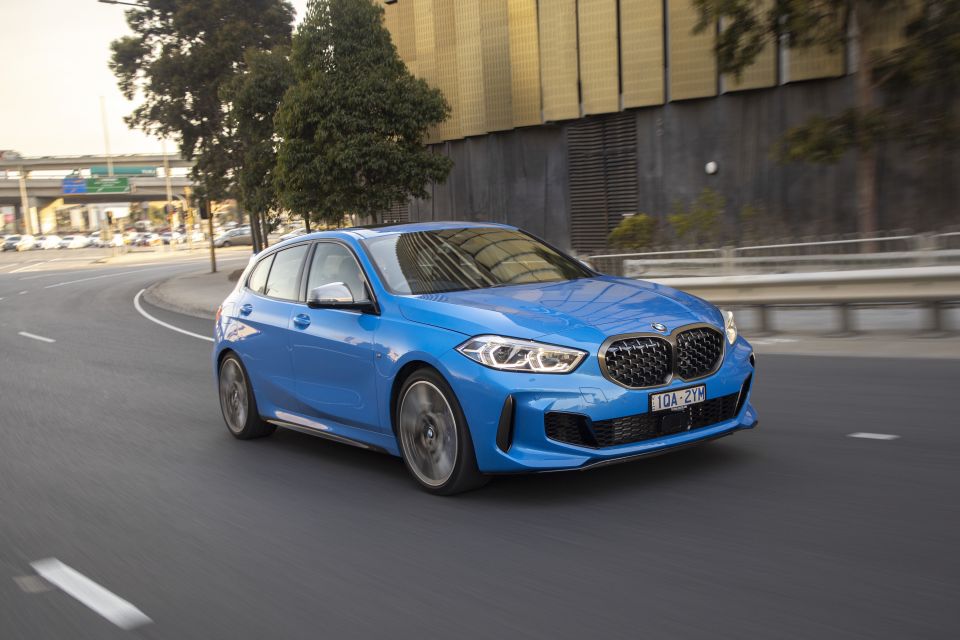



That’s because ARB also talks to the car’s electronic diff, dynamic yaw distribution and brake-activated yaw control for what are astonishing levels of adhesion – even over low-grip surfaces.
Mind, there’s still not the level of steering feedback we got from the previous model – not even close – but the new M135i can carry an awful lot of speed through corners with sublime confidence.
I’m not a fan of the engine note, though – at least not the synthesised version. If you have the patience to scroll through several menus, our best advice is to turn off the made-made noise.
While Mercedes-Benz has recently moved to a five-year warranty, BMW says it intends to stick with three years.
Lexus offers four years.
However BMW offers capped-price servicing on the 1 Series.


A five-year, 80,000km basic plan is $1389, while the Plus Plan costs $3676 and adds brake pad and brake disc replacement and wiper blade rubbers.
I can’t say the third-generation 1 Series is better than the six-cylinder rear-drive model – that would be difficult from an enthusiast’s perspective. But there’s no question BMW has delivered a highly capable performance hatch in this new iteration, with high levels of refinement.
As a daily driver, it makes a lot of sense. There’s more space, more kit, and plenty of the latest technology to excite.
It’s also a thoroughly contemporary car guaranteed to appeal to a wider net of prospective buyers than the previous car.
We’d like to spend more time in a car with the adaptive suspension for a better read on suburban roads to further investigate the ride quality, however.
Where expert car reviews meet expert car buying – CarExpert gives you trusted advice, personalised service and real savings on your next new car.


Max Davies
2 Months Ago
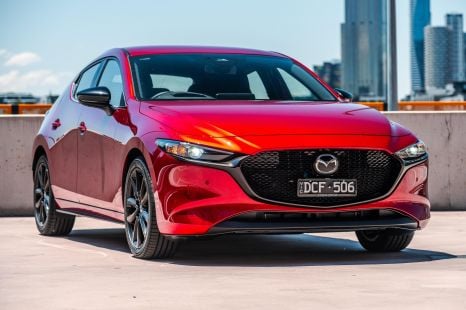

Josh Nevett
2 Months Ago
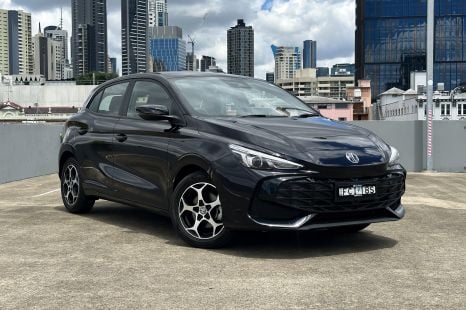

William Stopford
2 Months Ago


Josh Nevett
1 Month Ago


Josh Nevett
1 Month Ago


Matt Campbell
1 Month Ago